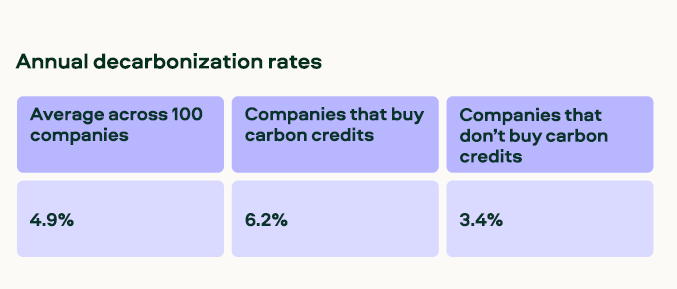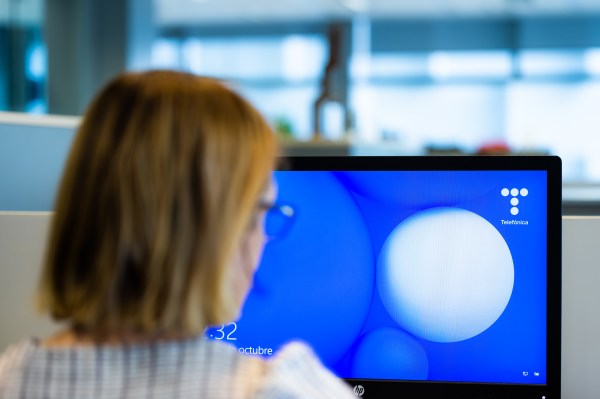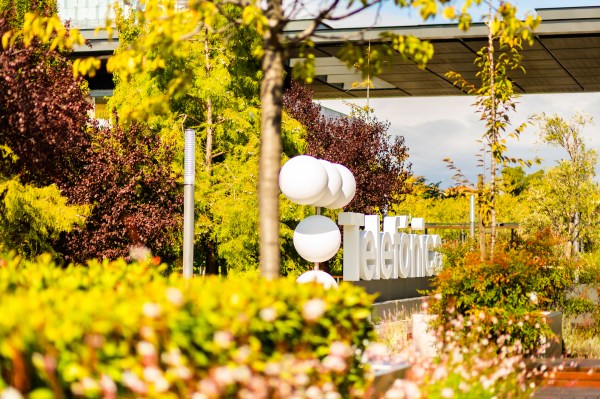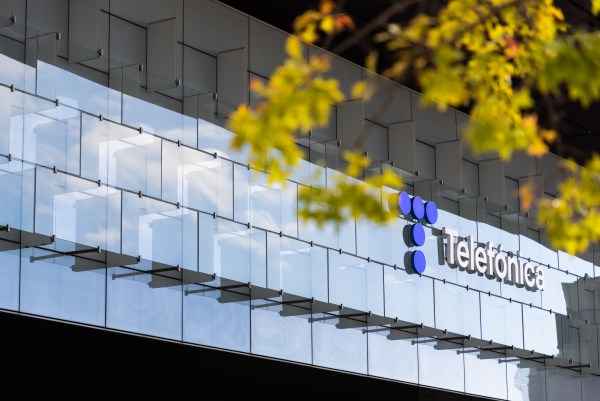Sylvera, a UK company specialised in applying technology to rate projects that generate carbon credits and to bring greater transparency to carbon markets, has debunked this myth after analysing data up to 2021 from the 100 largest businesses across a range of industries. Its study also shows that companies such as Telefónica, VISA, Audi and Bank of America are leaders in decarbonisation.
Carbon credits and emissions reductions
Sylvera’s analysis reveals that on average companies that buy carbon credits reduce both their Scope 1 and their Scope 2 emissions and at a faster rate, with an average of 6.2% per year. Meanwhile, companies that do not use carbon credits reduce their emissions by only 3.4% per year. Investing in carbon credits therefore equates to an emissions reduction rate that is almost doubled.

Telefónica’s strategy: reductions are a priority, but we can do more
Telefónica’s commitment to help curb climate change consists of achieving net zero emissions across its operations and value chain globally by 2040, with an interim target of neutralising the impact of its Scope 1 and 2 emissions in its key markets from 2025, reducing emissions first and neutralising the unabated ones through carbon sequestration projects.
We were the first telco to validate these targets according to the SBTi’s Net-Zero Standard.
Our strategy aims to:
- Reduce GHG emissions to a consistent level with the 1.5°C scenario of the Paris Agreement. Since 2015, Telefónica has reduced 51% its GHG emissions (80% for Scope 1+2 from a 2015 base year and 32% for Scope 3 from a 2016 base year). According to Sylvera, this decrease is due to energy efficiency improvements, use of renewable energy, as well as internal carbon pricing for hardware purchases that consume fossil fuels, electricity or use refrigerant gases. By the end of 2022, 100% of the electricity consumed by Telefónica in Europe, Brazil, Chile and Peru came from renewable sources, with a global figure of 82%. Telefónica’s networks are key to this reduction; its fibre is 85% more energy efficient than copper and its 5G is 90% more energy efficient than 4G.
- Neutralise the residual emissions (around 10%) by permanently removing an equivalent amount of CO2 from the atmosphere, through carbon credits or nature-based solutions. Telefónica will neutralise its residual emissions only when it has achieved a 90% reduction, by 2025 for its own emissions in Spain, Brazil and Germany, and by 2040 across all regions in which it operates, including value chain emissions.
According to the SBTi’s Corporate Net-Zero Standard, achieving net zero emissions entails finding a balance between the emissions a company produces and those it removes or eliminates from the atmosphere.
According to the UK company Sylvera, Telefónica is one of the companies with the fastest decarbonisation rates
Carbon neutralisation
The projects selected to neutralise the company’s residual emissions must meet the following criteria, set internally by Telefónica:
- Carbon sequestration projects, preferably nature-based, such as reforestation, afforestation or ecosystem restoration, using native plant species.
- Demonstration of additionality.
- Demonstration of long-term impact.
- Projects with environmental and social co-benefits, contributing as much as possible to the achievement of the Sustainable Development Goals (SDGs).
- Projects certified according to nationally/internationally recognised standards and verified by an accredited third party. It is important that they follow a robust methodology validated by international standards such as the Gold Standard, Verified Carbon Standard (VCS), American Carbon Registry (ACR) and Climate Action Reserve (CAR) or by national schemes, mainly from European countries, such as the Spanish Climate Change Office registry or the Peatland Code or Woodland Carbon Code (WCC), both from the UK.
- Preferably located in geographical areas where Telefónica is present.
In the short to medium term, while reducing GHG emissions to low levels, Telefónica will use carbon credits that reduce emissions from deforestation and forest degradation, in addition to carbon removal credits from sequestration projects, with the aim of contributing to halt deforestation and conserving existing forests.
They must be high-quality credits that support the conservation of existing forest carbon stocks and sustainable forest management; be located in territories with a high rate of deforestation; meet criteria such as demonstrating additionality and a long-term impact; include environmental and social co-benefits as much as possible; be certified according to recognised standards; and be verified by an accredited third party.
Carbon credits and reforestation
Telefónica has been investing in conservation, reforestation and ecosystem restoration projects for several years through the purchase of high-quality carbon credits. From 2020 to 2022, almost 177,000 tonnes of CO2 emissions were avoided or removed from the atmosphere thanks to the nature-based solutions in which Telefónica has invested. In addition, in 2022 the company closed a global agreement to purchase carbon credits to ensure its availability until 2026 for Spain, Brazil and Germany.
In Spain, we continued the Telefónica Forest project, which is helping to restore an abandoned area for forestry use, thereby boosting the local economy, involving rural communities and fostering employment for young people and disadvantaged people. Furthermore, in 2022, under the global carbon credit agreement our Spanish operation acquired carbon credits from a project that protects forests in one of the regions with the highest deforestation rates in the Amazon biome. Thanks to these two projects, it offset 5% of its operational emissions (Scope 1 + 2).
On the other hand, in Brazil we continued to offset 100% of Scope 1 + 2 emissions through the purchase of carbon credits. The projects that generate these credits are backed by recognised certificates and support local projects both for conserving ecosystems that contribute to halt deforestation and for reforesting the Amazon rainforest with native species.
Lastly, in Germany, we neutralised 40% of our operational emissions, as well as those from business travel, through a reforestation project in Colombia that promotes the sustainable management of forest resources to encourage natural regeneration.
The fact is that all companies have an obligation to use all the available tools to achieve net-zero emissions. Reducing is the first step towards limiting global warming to below 1.5°C, but this must happen alongside removing emissions from the atmosphere and promoting biodiversity or social benefits, in a holistic approach that must underpin net zero strategies.









